2023 Update: What we have here is the first of a series of musings on Charles Taylor, begun many years ago, when this site started in 2009. For navigation purposes, we list and link the five parts here:
- A Secular Age – Charles Taylor’s Acceptable Loss?
- Catholic Tradition, Charles Taylor and Evelyn Waugh
- Catholic Tradition, Charles Taylor and Supernatural Mystery
- Catholic Tradition, Charles Taylor and Charles Krauthammer
- Catholic Tradition, Charles Taylor and Phillip Larkin
And now back to 2009 — Roger Buck
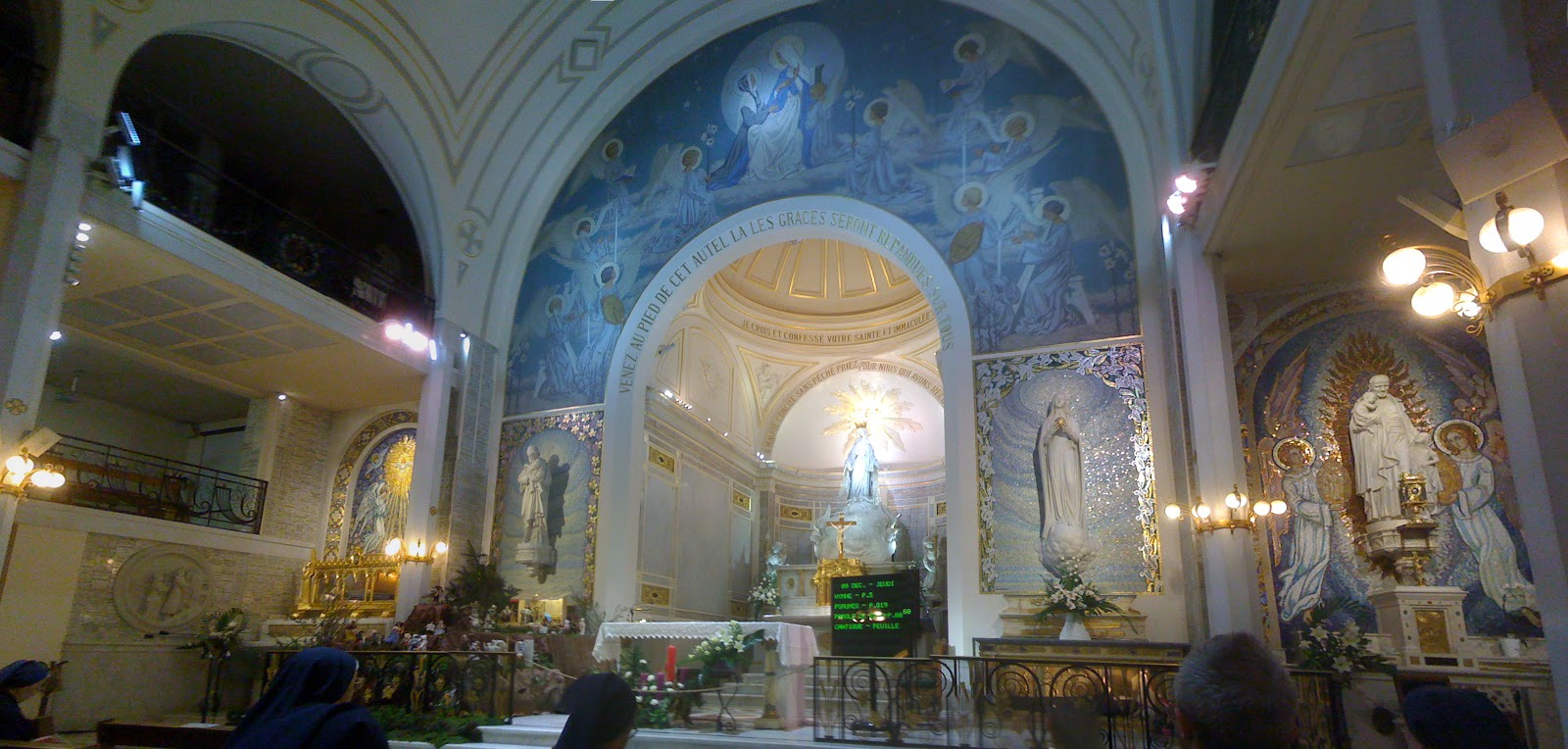
Today I am continuing from thoughts last time on Charles Taylor’s A Secular Age – an 800 page narrative, as to how we exited the Medieval worldview and entered our fragmented, post-modern age.
As I said before, this is a masterpiece I hope to review fully in time and these are entries toward that final review. And as I said, this is also a masterpiece, that I am often in very profound disagreement with …
Yet Taylor’s work does strikes me as genius – at least at a level of sociological, historical and philosophical analysis. The trouble is – Taylor is arguing for a world course, ONLY on the basis of such analysis. At least, I find in him an implicit argument, which serves to justify the gains of secularism.
The thing is, can Catholics of faith make such judgments on the basis of sociological, historical and philosophical analysis alone – even if like me, they think that A Secular Age represents the most brilliant of such analysis?
The most profound things are at stake here. Taylor – a Catholic himself – is rejecting the view of more traditional Catholics (such as Evelyn Waugh) that the decay of Supernatural Christianity is of necessity leading to “the final triumph of the Hollow Men, who knowing the price of everything and the value of nothing, had lost the ability to feel or think deeply about anything.”
Taylor apparently sees such Catholic thinking as too shallow, not sufficiently nuanced.
But there is irony here. For while Taylor appears to reject such Catholicism as incomplete – the kind of analysis he champions is open to the very same charge of shallowness.
To my mind, Taylor’s approach lacks depth in two directions at once. It is lacking account of the Supernatural and it is lacking feeling for the Tragedy of Modernity.
Let us begin with the first. it is unsurprising that in A Secular Age, the Supernatural is marginalised. The author is writing from a modern academic perspective which demands such marginalisation, in order to be taken seriously. But if one refuses the prejudices of contemporary academia, what is one to do with Taylor’s approach, but judge it as naive and lacking in its own special way?
Catholics of Faith can easily find any number of passages in the book, wherein the Supernatural is relativised or dismissed. But I would like to focus on one passage in particular – which is of special relevance to this weblog.
For this site is particularly concerned with the heritage of Catholic France, the heritage of the Sacred Heart and interestingly, Taylor devotes significant attention to the Catholic France of the Nineteenth Century in the wake of the Revolution …
Now it is a striking fact that after the French Revolution and Napoleon had worked to destroy the Faith, a great revival occurred. A case can be made that the Nineteenth Century saw the greatest flourishing of Catholic France. For instance, it became for awhile the greatest missionary culture of its time – surpassing Ireland. Yes indeed Taylor is concerned with France in particular, when he writes:
The ultramontane church of the nineteenth century was remarkably successful with masses of people, rural certainly, but also urban, including workers. It did so, because … it adapted …
It was more tolerant and open to popular modes of piety, including alleged miracle sites like (most famously) Lourdes. And it proposed a warmer, more emotional piety of which the devotion to the Sacred Heart was a prime example.
It adapted in another crucial way [which involved] the organisation of laypeople in new bodies, be it for fundraising (as with the gigantic campaign to build the Sacré Coeur de Montmartre) pilgimages and various forms of lay apostolates … The Catholic Church was unavoidably in the business of mobilising … organising and recruiting people into membership organisations … [Emphasis added]”
Charles Taylor, A Secular Age p.
Dear Reader, perhaps you will accuse me of being overly didactic. But I want to draw especial attention to the words I have highlighted. Here we are given simply a narrative, wherein the Catholic Revival was successful for the following reasons: It had adapted to accomodate alleged miracles and was successful in the business of organising.
All this is to suggest that the revival of Catholic France was due to human effort which was “tactical” – to employ another word Taylor invokes.
But what if we are not constrained by Taylor’s reductive academicism? What if we do not feel bound to describe Lourdes as site of an alleged miracle? And what if we take seriously the Supernatural Dimensions that A Secular Age never mentions? What do we do when we regard the spread of the Cult of the Sacred Heart, as not simply due to greater popular emotional appeal, but rather owing to Transcendent Origins?
Speaking very personally, I feel no such need to constrain my evaluation of Nineteenth Century France to a subtle materialism. This is not simply because I write as a Catholic of faith. It is also because I am something of a student of the French Catholic Revival that Taylor would “explain” to us.
I have not only studied many writings from the period, but I have had the Grace and privilege to have lived in France and witnessed what remains of that once dynamic and flourishing Catholic culture, now almost entirely annihilated …
I have not only been moved to my core at Paray-le-Monial, Lourdes, La Salette, the Rue du Bac and Montmartre, I have been given the joy of seeing countless little churches from the era. One can still feel the piety that brought them forth.
All of this and more has testified to dimensions which seem to me far more rich and deep than anything Taylor evokes. If you ask me, Taylor is missing a very great deal.
But why should you ask me, Reader? For there is of course, far, far more to testify to the Nineteenth Century Catholic Revival than my personal convictions!
And there is not simply the “alleged miracle site” of Lourdes in 1858. For starting in 1830, some of the most important modern Marian Apparitions occurred in France, including those of the Rue du Bac and La Salette.
In the Rue du Bac, Our Lady appeared to Saint Catherine Labouré, calling for the Miraculous Medal,which was then struck and worn around untold thousands of necks – as requested by the Blessed Virgin.
In the vision given by Our Lady, the Saint beheld the medal with these words:
Ô Marie, conçue sans péché, priez pour nous qui avons recours à vous ( O Mary, conceived without sin, pray for us who have recourse to thee). And she saw a circle of twelve stars, a large letter M surmounted by a cross, and the Sacred Heart of Jesus crowned with thorns and Immaculate Heart of Mary pierced by a sword.
What if then, everything to do with this Medal is filled with cosmic significance? And if the Nineteenth Century success of Catholic France is not reducible to the tactical business of organisation by ambitious clerics – but involves miracles co-ordinated by Our Lady?
This writer has been wearing the Miraculous Medal around his neck for years, a medal blessed by a Tridentine Priest in Latin. He trusts in faith that Our Lady promised Graces for those who would wear it with conviction. There are many, many graces in my life – to how many of these do I owe to the fact that I take Our Lady at Her word? And what of the untold hundreds of thousands of Nineteenth Century French Catholics who did the same?
Can I conveniently sidestep the conclusion that the French Catholic revival had origins more supernatural than natural? Must I acquiesce to Taylor’s academicism?
Hark! Do I hear the distant sound of fine academic minds, spluttering with derision? Accusing me, no doubt, of being partial to medieval, superstitious magic? Well, probably not – for few if any academic reductionists will ever bother with a blog like mine.
What is there to say? Taylor has circumscribed his narrative according to the prevailing biases of modern academia. The Church has exhaustively investigated the vision of Saint Catherine Labouré and judged it worthy of faith.
If the vision of Saint Catherine Labouré means anything like the Church has judged, then an an analysis like Taylor’s is inevitably superficial. The most profound depths have been left out of the story. Taylor’s narrative becomes a simple one – in comparison to the more traditional Catholics he appears to regard as too simplistic.
And in Nineteenth Century France, I for one am forced to conclude that Supernatural Events were at work to halt – or at least retard – the Final Triumph of the Hollow Men. And that many a Catholic Traditionalist sees more sharply than Charles Taylor – in certain matters at least.
This as I say, is one major way I find Taylor’s work lacking. The other one – a certain dearth of feeling for modern tragedy (or so it seems to me) I will shortly explore.
Foreword for Monarchy by Roger Buck
Buying Books at Amazon Through These Links Gives Us a Commission. This Supports Our Apostolate. Thank You if You Can Help Us Like This!
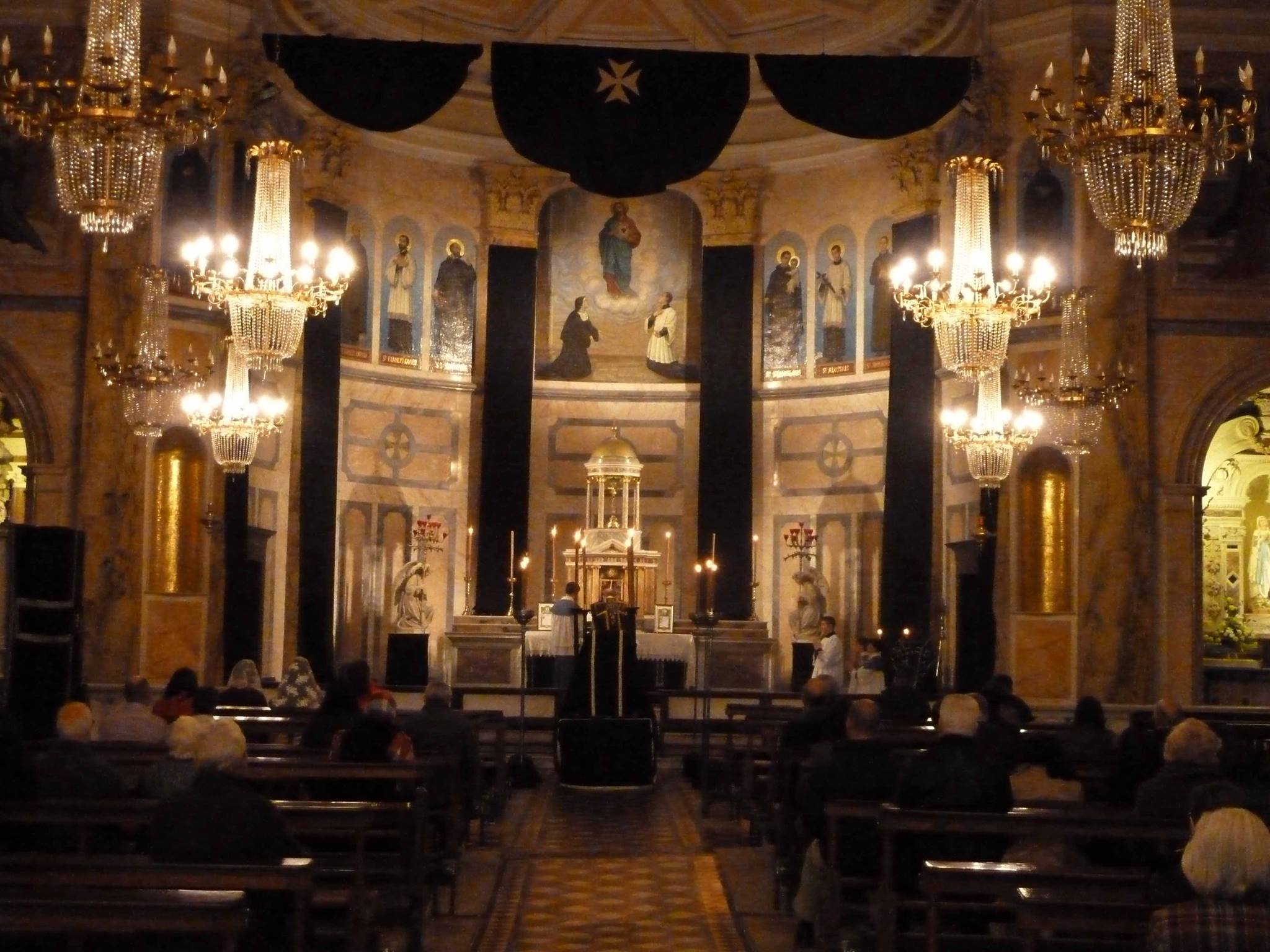
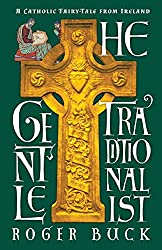
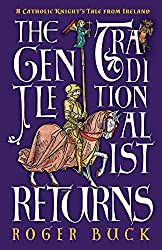

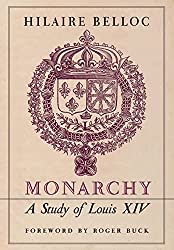

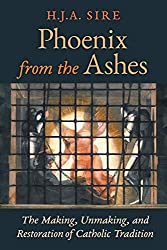
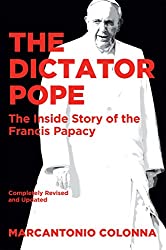

Comments
comments are currently closed
One response to “Catholic Tradition, Charles Taylor and Supernatural Mystery”
What Would Mitchum Do?…
In 1930, Evelyn Waugh, the British Catholic novelist (most famously of Brideshead Revisited), wrote: “It seems to me that in the present state of European history, the essential issue is no longer between Catholicism, on one side, and Protestantism, on…